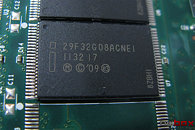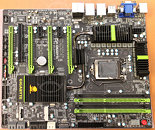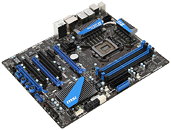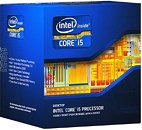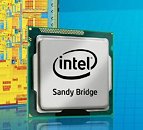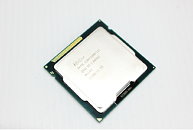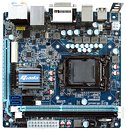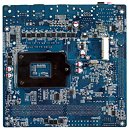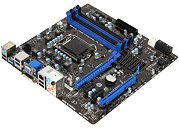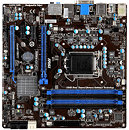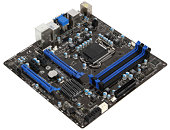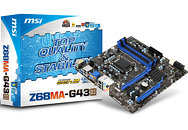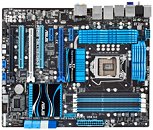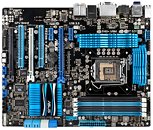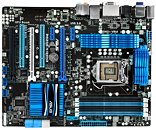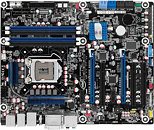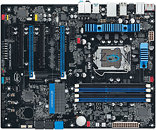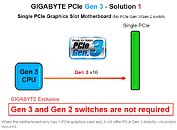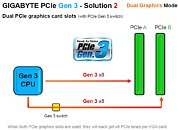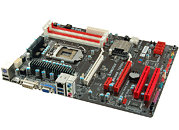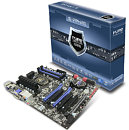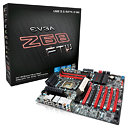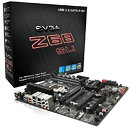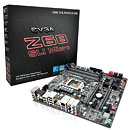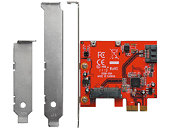
ASRock Takes Intel Ivy Bridge CPUs to Z68, P67 and H67 Series Motherboards
World's top 3 motherboard manufacturer ASRock today announced that its entire line of Intel P67, H67 and Z68 series motherboards will support Intel Ivy Bridge CPUs by updating the latest P version BIOS & Drivers! Via an Intel Ivy Bridge CPU, ASRock P67, H67 and Z68 series motherboards are resurrected. Users may expect more powerful processing speed yet lower power consumption by the world's first 22 nm 3-D Transistors.
"Besides pursuing extremes with hardcore hardware enthusiasts and die-hard gamers, making high-end technology easy and accessible for everybody is also one of ASRock's goals." commented James Lee, V.P. of Sales and Marketing at ASRock. "We have no doubt that users will be thrilled as much as we are with these updates, it will be like experiencing a brand new motherboard all over again."
"Besides pursuing extremes with hardcore hardware enthusiasts and die-hard gamers, making high-end technology easy and accessible for everybody is also one of ASRock's goals." commented James Lee, V.P. of Sales and Marketing at ASRock. "We have no doubt that users will be thrilled as much as we are with these updates, it will be like experiencing a brand new motherboard all over again."




